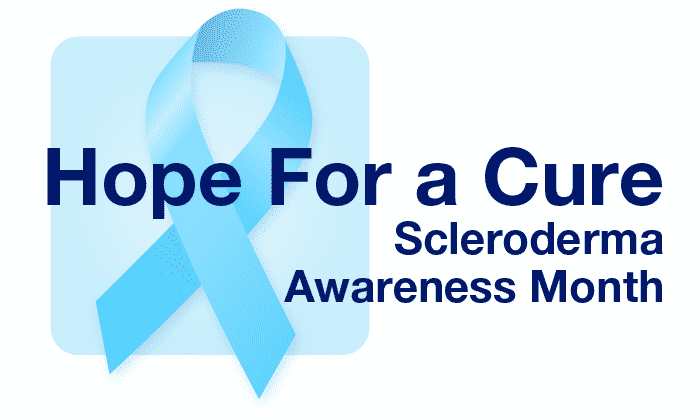In 2005, Stephanie Somers’ mom was diagnosed with a disease she’d never heard of: scleroderma. The disease is an autoimmune disorder, which can involve the thickening and tightening of skin, and it can also impact internal organs. Somers’ mother had been experiencing shortness of breath and visited a number of doctors seeking help. By the time she was diagnosed, scleroderma was affecting her lungs, and she was told that she had only about five years to live. She passed away in 2010.
In honor of Scleroderma Awareness Month, Somers is speaking out to educate people about what the disease is and what it does. “It’s a challenging disease,” says Somers. “My personal goal is that they find a cure, and at the very least, they’re able to develop better treatments for patients so that they can live a better life.” Today, scleroderma impacts more than 300,000 Americans, the majority of whom are women aged 25 to 55, although it can also happen in men, infants and seniors.
Somers serves as executive director of the Scleroderma Foundation’s Greater Chicago Chapter, an organization that she became involved with through her mom’s sickness. The foundation organizes a number of walks throughout the summer, including the 12th annual Stepping Out to Cure Scleroderma walk in Highland Park on June 22. In addition, Somers and her sister Jennifer started an annual fundraiser called Food Fight for Scleroderma. Held in April, the event brings together well-known chefs in Chicago to compete against one another, while also spreading the word about the disorder.
Nadera J. Sweiss, MD, who is a specialist in rheumatology and associate professor of medicine with the University of Illinois Hospital & Health Sciences System, says that scleroderma manifests differently in people. The word scleroderma comes from Greek, meaning hard skin, because in some, it can cause the skin to thicken and tighten, often on the hands and face. In others, it will affect the heart, lungs, kidneys, intestines and other organs. Sweiss says the early symptoms of the disease often include cold hands, tightening of the skin, changes in facial features, joint pain, heartburn, shortness of breath and fatigue. She says that anyone experiencing these symptoms should contact their doctor.
In recent years, Sweiss says she has seen an increase in patient awareness about scleroderma.
“I’ve been a physician for a long time, and what I’m seeing is that people are using smart phones and have more access to the Internet. They’re joining certain groups online about a disease; they’re learning more and more about the disease,” she says.
Because of that awareness, Sweiss says there is a better chance for early intervention, treatment and a return to normal routines and activities. “They are seeking medical attention sooner than later,” she says. At the same time, she adds that primary care physicians are becoming more aware of the disease, which allows them to make more referrals to specialists at earlier stages.
While there is no cure for scleroderma, Sweiss says that with early intervention, it’s often possible to manage the symptoms and offer a lifetime of hope.
“Scleroderma is a treatable disease,” she says. “Years ago, we didn’t have much to offer. Now, we have a lot to offer patients.”
To learn more about scleroderma visit http://www.scleroderma.org.
Published Monday, June 23, 2014












